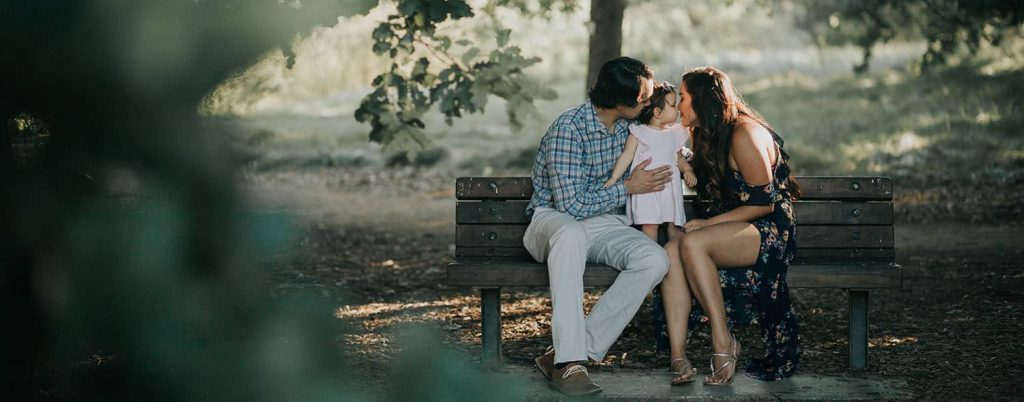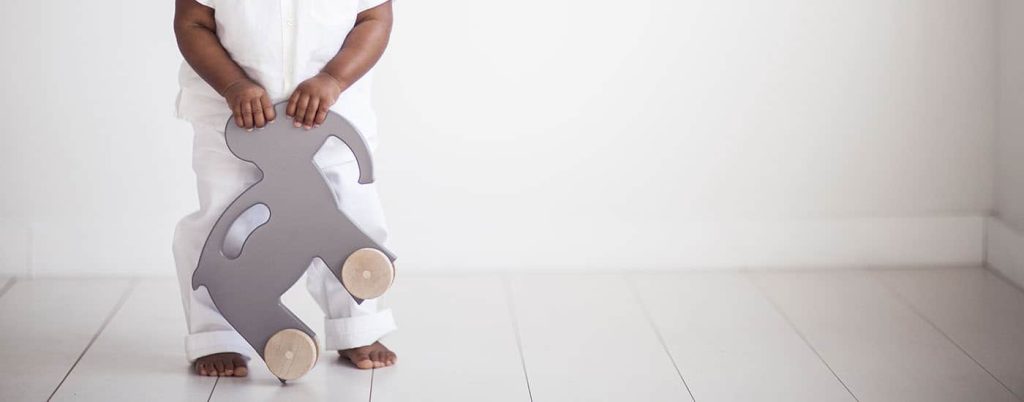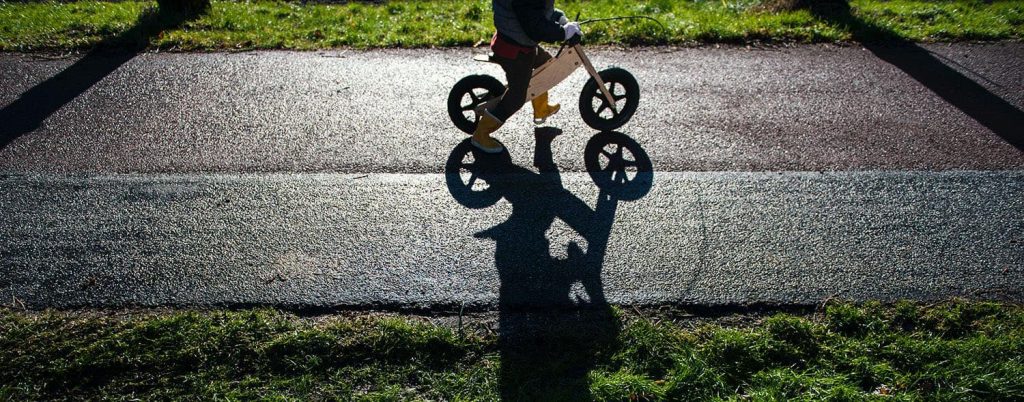
Ready to retire your shot list for family photo sessions? Documentary family photography just might be for you! Here’s how to get started.
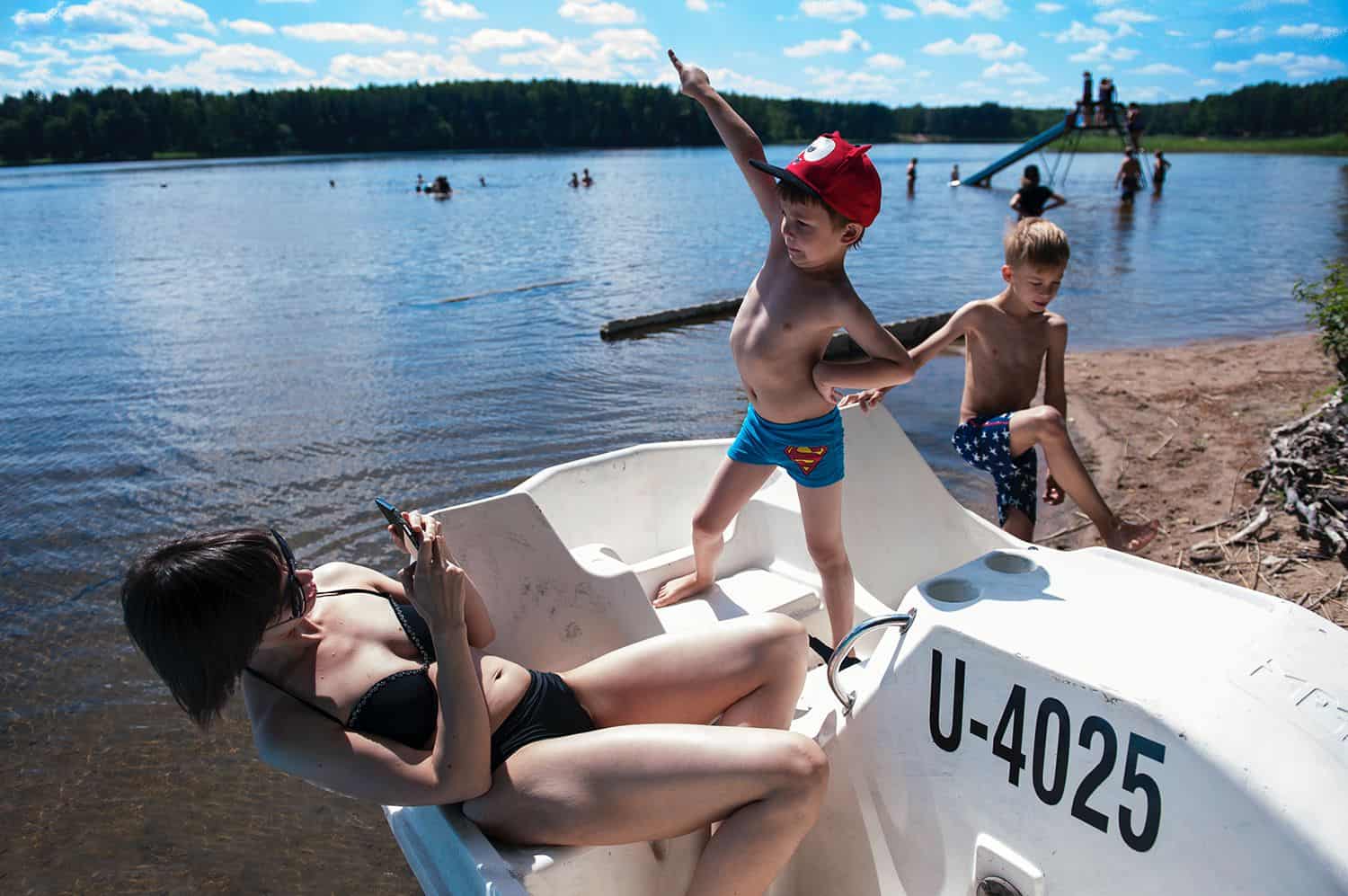
Nienke Koedijk
Before shooting a family session, most photographers complete a pre-session checklist that includes:
- emailing your clients suggestions for what to wear
- discussing location options to fit the client’s vision for the session
- mentally cataloguing a list of predictable expressions and poses we want to capture
But what if there was a completely different approach to family photos? One that didn’t require posing, planning, and “perfect” pictures?
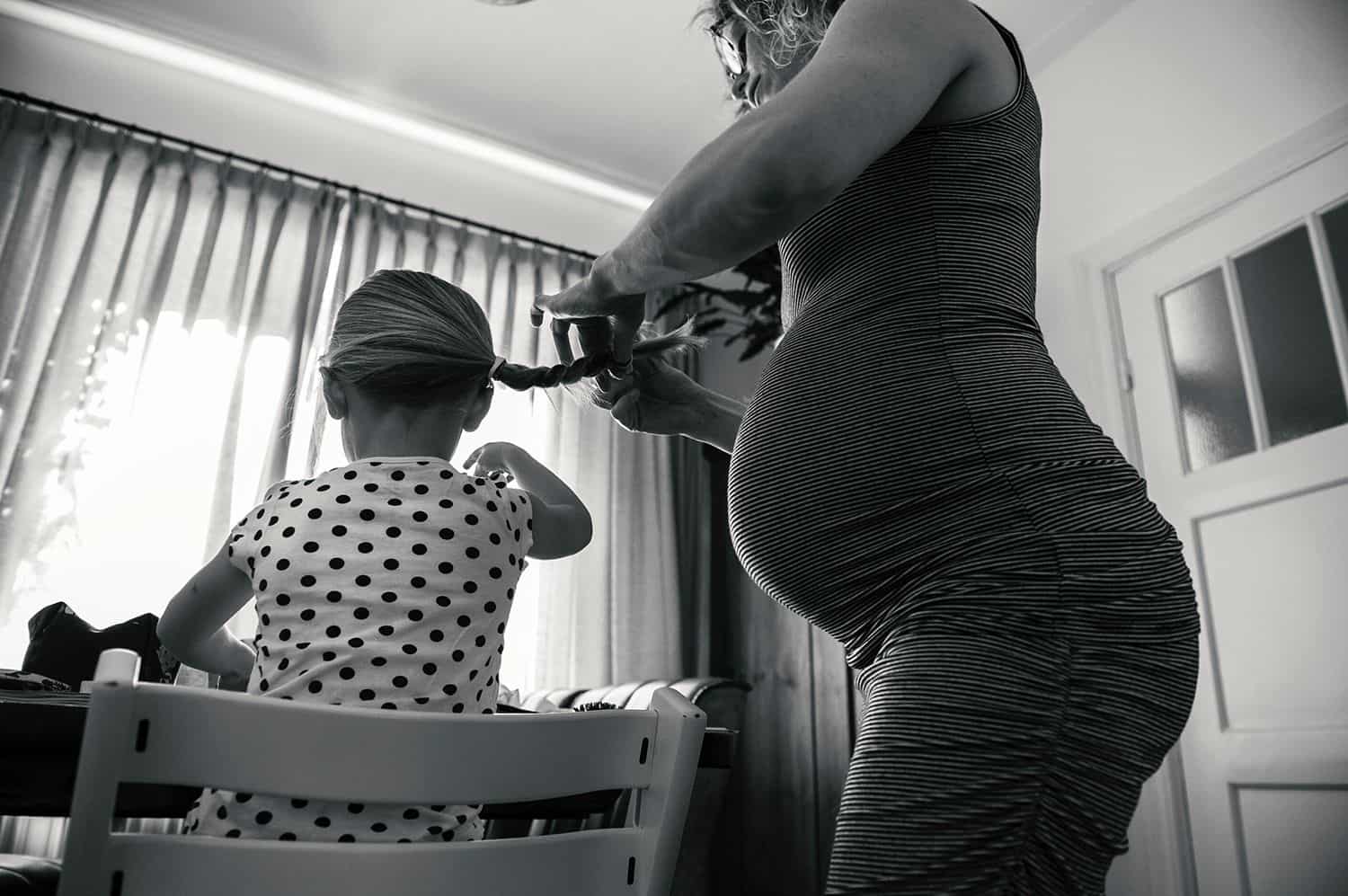
Nienke Koedijk
That’s where documentary photography comes in! This takes everything you know about a “typical” photo session and turns it upside down – in a good way.
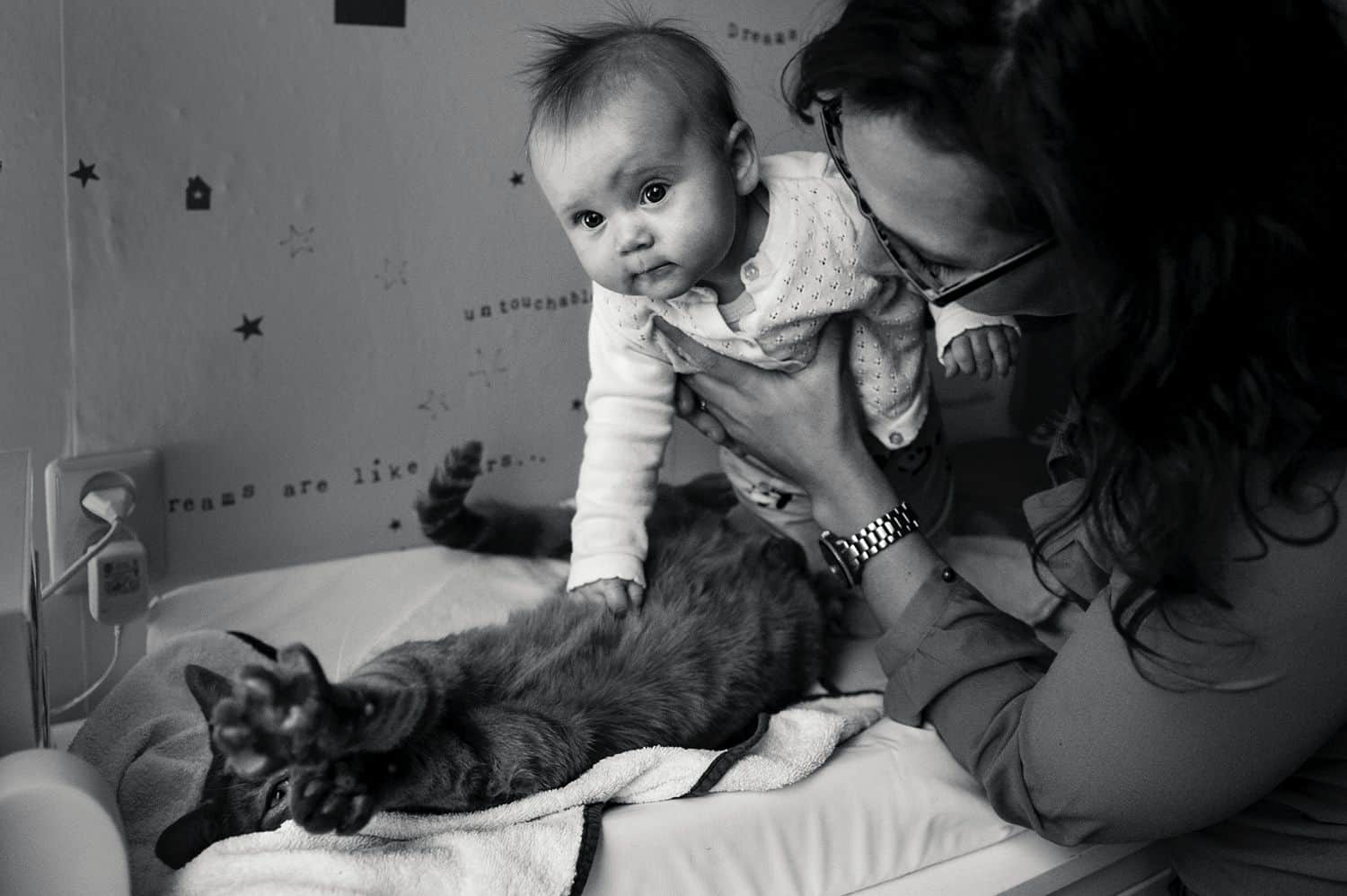
Nienke Koedijk
What is Documentary Photography?
Documentary photography preserves a family’s life story. There’s no need to direct poses, only honest expressions and moments. Whatever mundane thing occurs, you let that happen and become an observer with a camera ready.
While documentary photography still follows some elements of portrait photography, it focuses more on storytelling. As a result, the final pictures depict families in intimate, original scenes that are only for them.
Here are some words you’ll find associated with documentary photography:
- unposed
- photojournalistic
- natural
- real life
- storytelling
- candid
- moment-driven
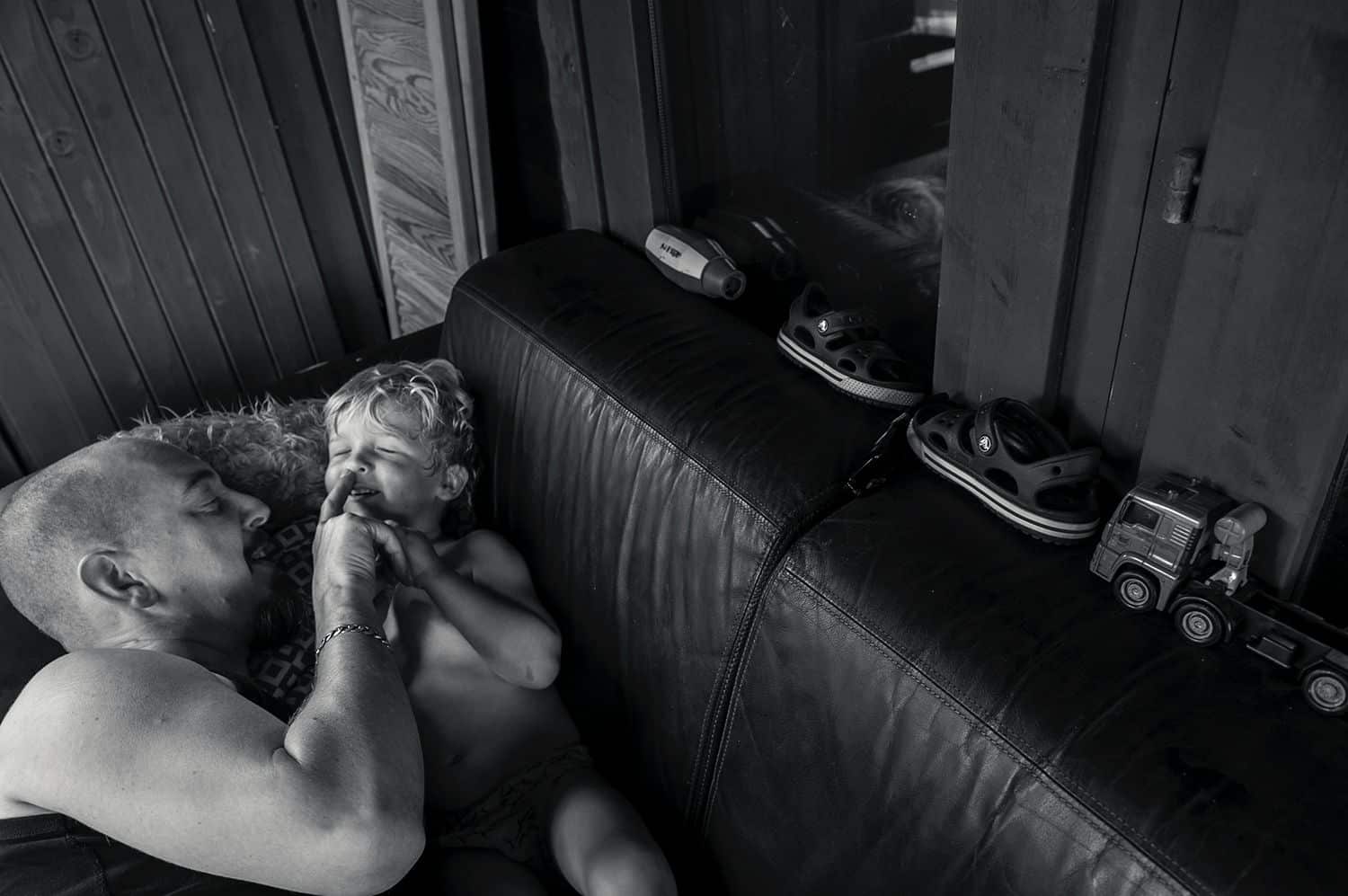
Nienke Koedijk
Instead of managing every aspect of an image, documentary photographers don’t influence or direct in any way. They are merely flies on the wall, chronicling genuine connections as they unfold. That means being ready to snap away at any point during the session with your clients, not only when they’re perfectly posed and smiling at the camera!
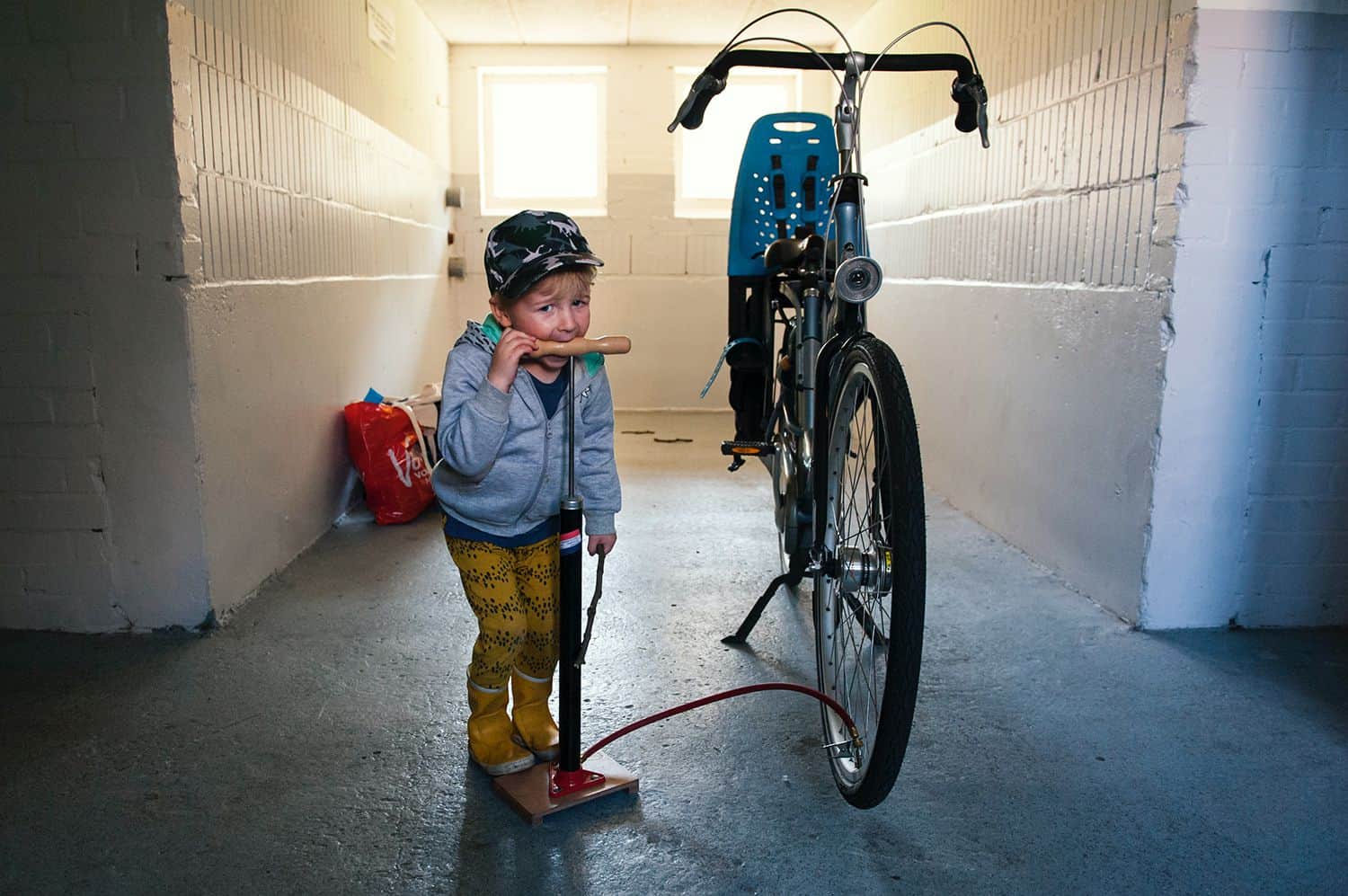
Nienke Koedijk
Moment-driven and documentary photography requires that you anticipate moments before they happen and frame them beautifully, without taking full creative control of the scene. It’s rooted in photojournalism, where the goal is to give context to the moment without staging.
The Foundations of Photography Still Apply
This doesn’t mean that everything you’ve learned about what makes a good photo goes out the window. You’re not recklessly pressing the shutter, just hope that you catch a “worthy” moment.
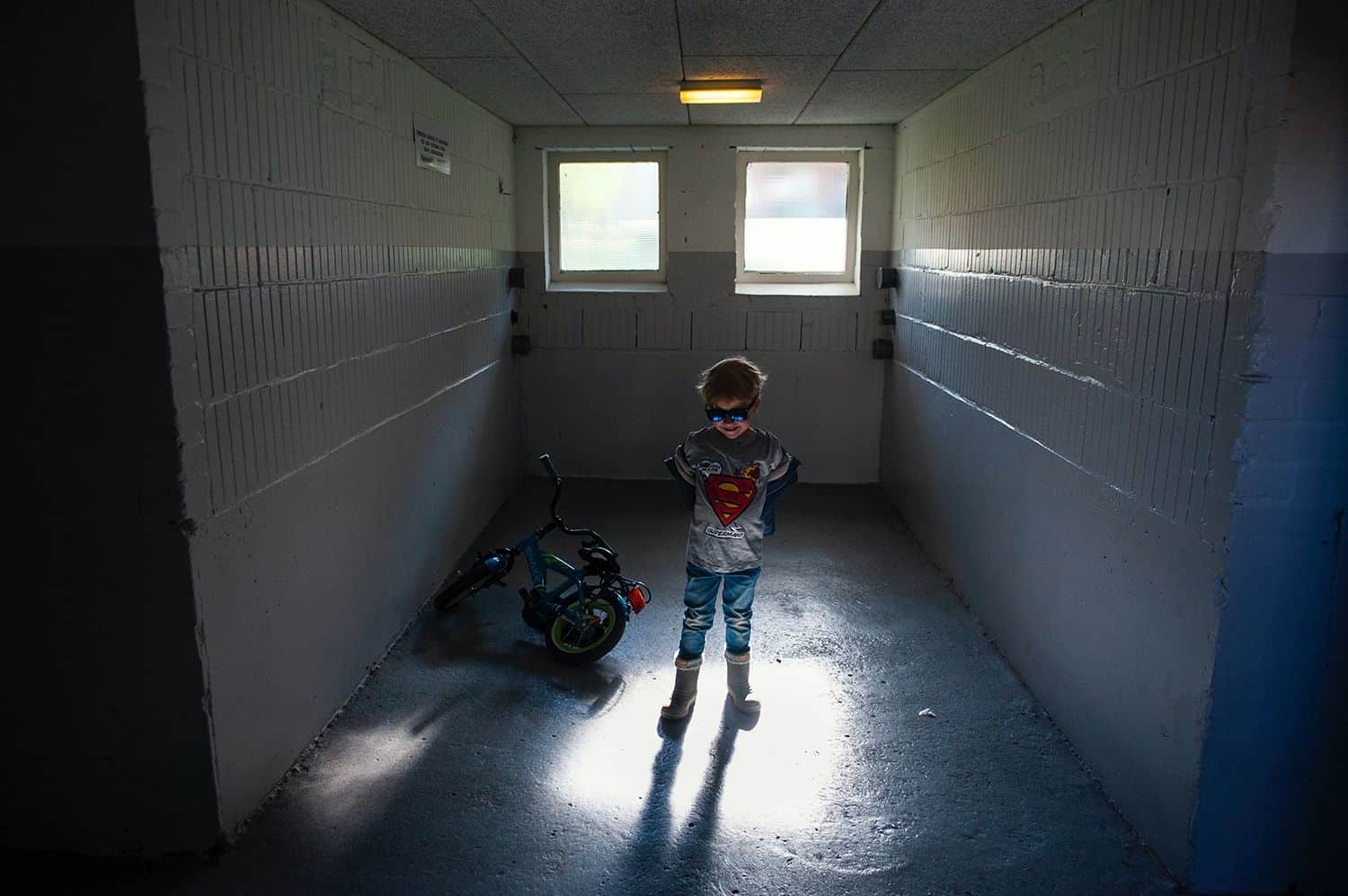
Nienke Koedijk
As the session unfolds, your knowledge of proper camera settings, exposure and composition still applies, magically organizing the spontaneity of life. This “hands-off” approach even extends into post-production as the images are only lightly edited.
No Shot List Required!
Now, if you find comfort in directing poses to check off a shot list, this approach might be outside your comfort zone. The goal is to allow your subjects to do their thing without any direction from you. There’s no need for you to tell them how to stand or position their hands.
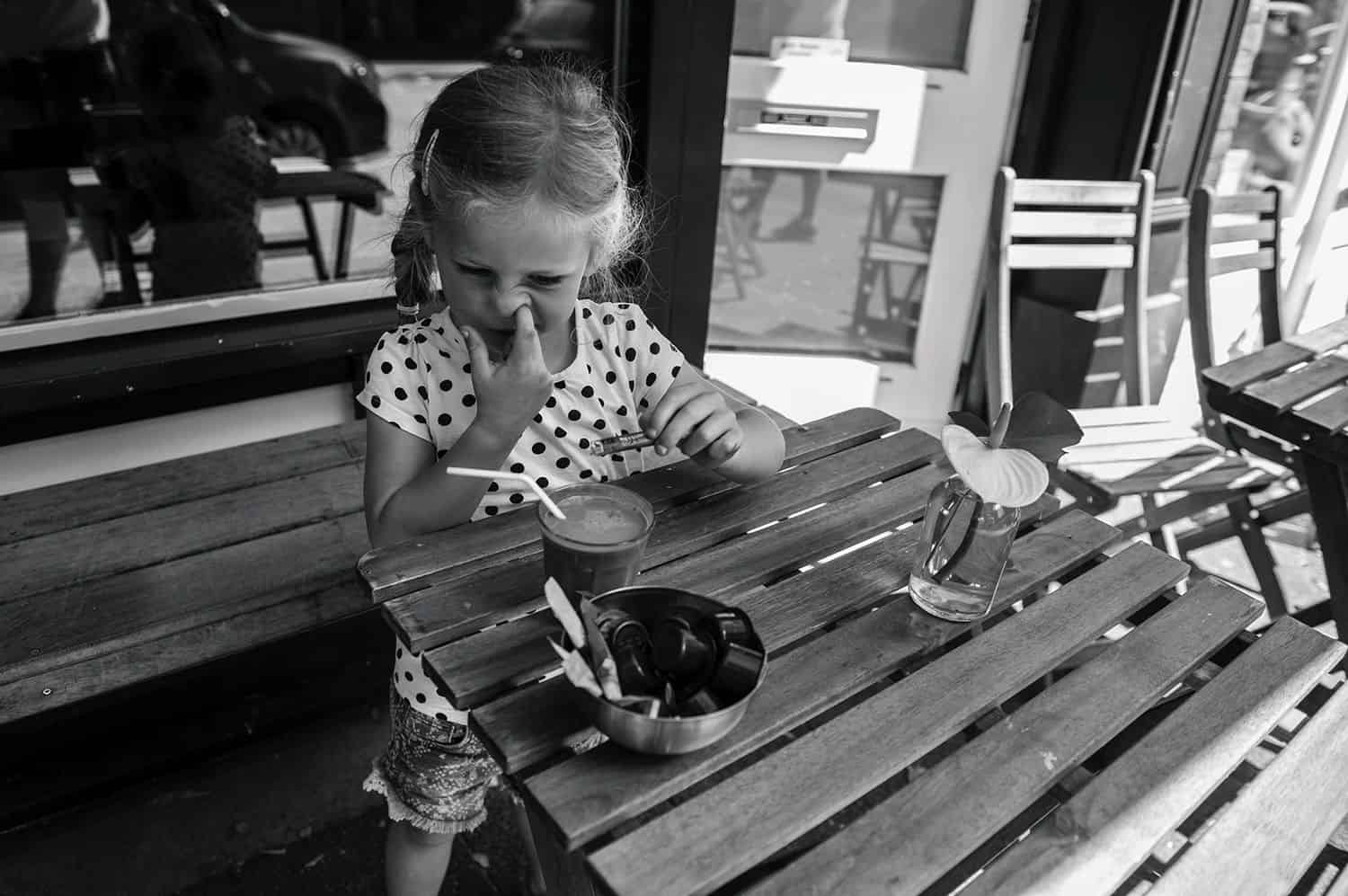
Nienke Koedijk
The most challenging aspect of documentary photography is the lack of influence you have over the outcome. We’re so used to controlling sessions to fit our artistic vision – and there’s certainly nothing wrong with that! You just have to train yourself to tell a family’s story without any manipulation on your part.
If you are a formal portrait or newborn photographer, this change of perspective may be challenging at first. Like any other kind of photography, you’ve got to bring patience and creativity to every documentary photography shoot!
What Makes Documentary Family Sessions Awesome
Here’s how this could look during a session: You might follow a mom & dad along as they take their children on a hike. Perhaps you hang back a bit, snapping away as the mom helps her child navigate a narrow, rocky path.
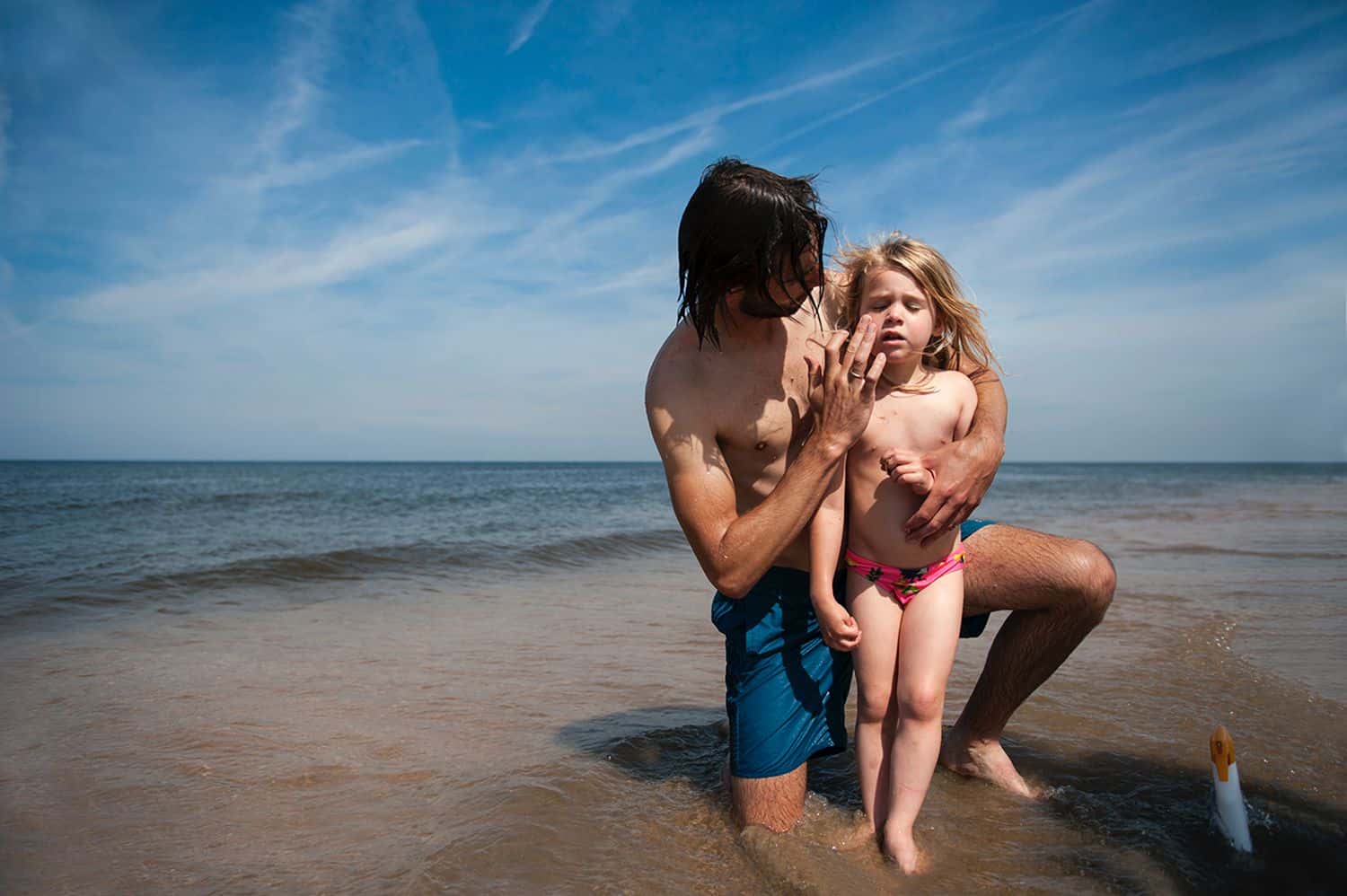
Nienke Koedijk
Capturing the Connection Among Family Members
Instead of prompting the family to look back and smile at you, you’d focus on how mom carefully and patiently guides her child along – without you giving any direction at all. Or, you could move ahead of your clients, capturing them as they take in beautiful scenes along the way. Frame the family with nearby tree branches. Highlight the easy connection between mom & dad and how the light falls softly in front of them.
With this approach, you work with what you’ve given as life happens.
Seeing the Spontaneity
The beauty of documentary photography is that you don’t always have to perfect composition, colors, or other elements. While it’s essential to remember photography basics, know that real-life moments are not perfect.
Life is messy and complicated. It may not look the way you imagine it to be. The same goes for documentary photography; you have to be ready to capture what’s happening in front of you and accept that you can’t change or influence much.
While the images may not appear as perfect as staged photos, you can capture fleeting emotions and more meaningful stories.
Giving Up Your Influence
As photographers, we condition ourselves to move swiftly to tweak lighting, pose subjects, and create a visual mood. You’ll need to let go of control when it comes to documentary photography.
Think of it this way: the families must not feel that a photographer is forcing them to appear a certain way. They should be able to do things their way, at the moment they want. No matching outfits, forced smiles, or hair and makeup.
During the shoot, documentary photographers try to become invisible. Avoid asking the family to recreate a moment or scene; just let family life unfold in a natural way.
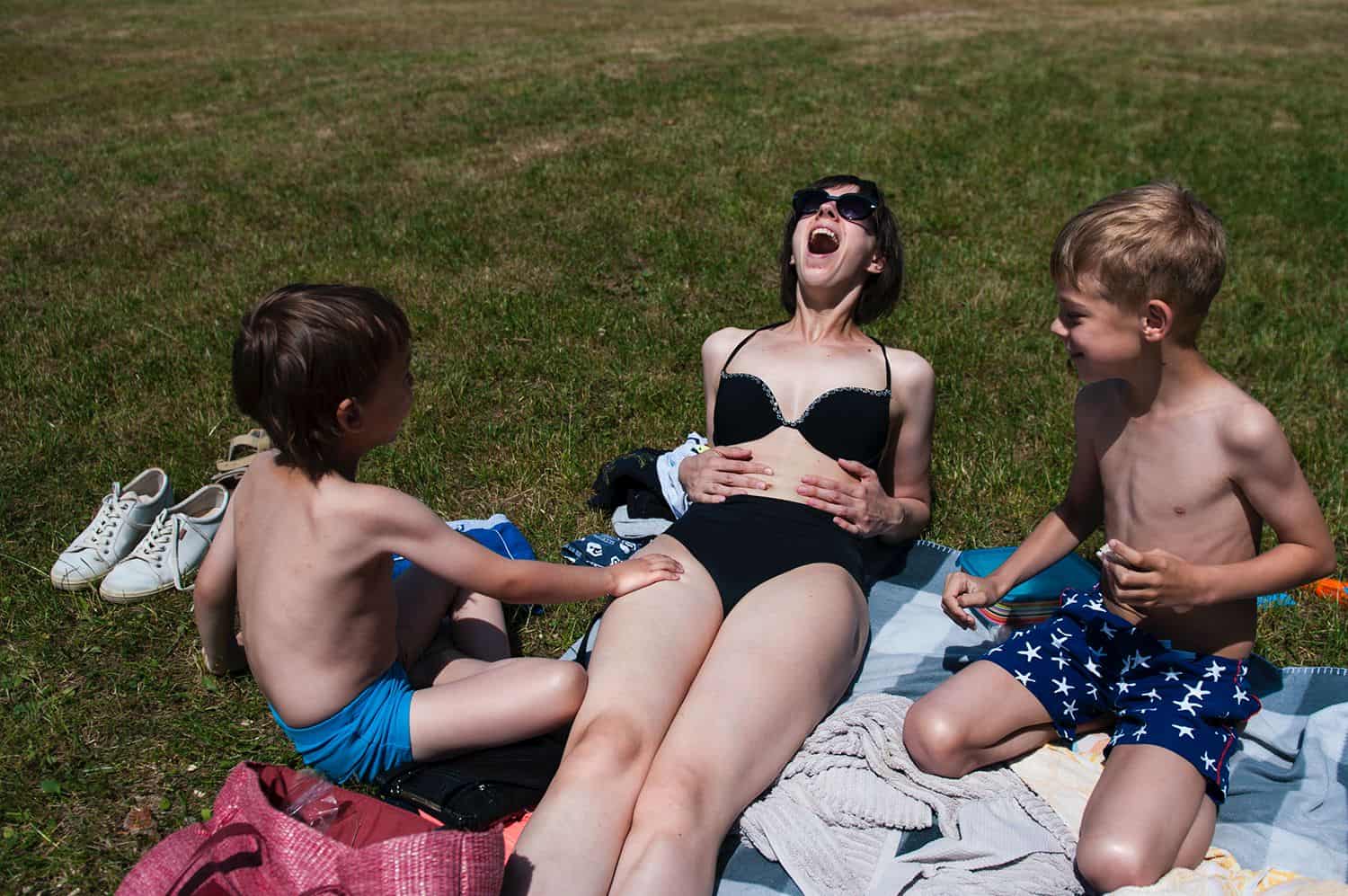
Nienke Koedijk
Documentary Family Vs. Lifestyle Photography
This might sound similar to lifestyle photography, but there are some differences. Instead of documentary sessions where you curate nothing, the lifestyle approach is photographer-guided.
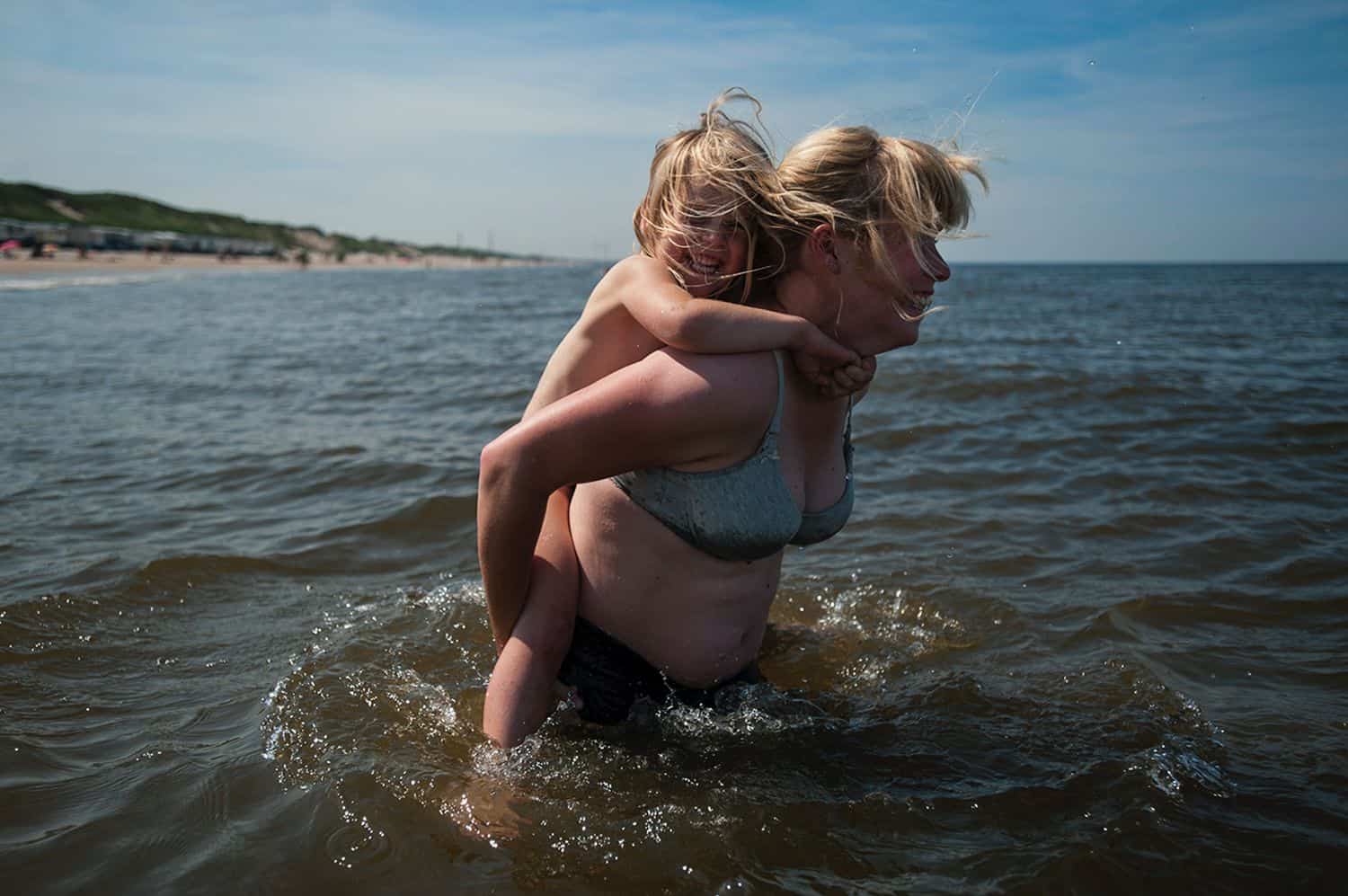
Nienke Koedijk
Lifestyle sessions involve preparation beforehand. For example, you might send clients a what-to-wear guide and suggest suitable locations. Gentle posing direction and working with the best light available takes the place of simply recording an event as it happens. Lifestyle photography is very popular for in-home newborn sessions because it offers parents an opportunity to connect naturally with their baby, with occasional input from the photographer.
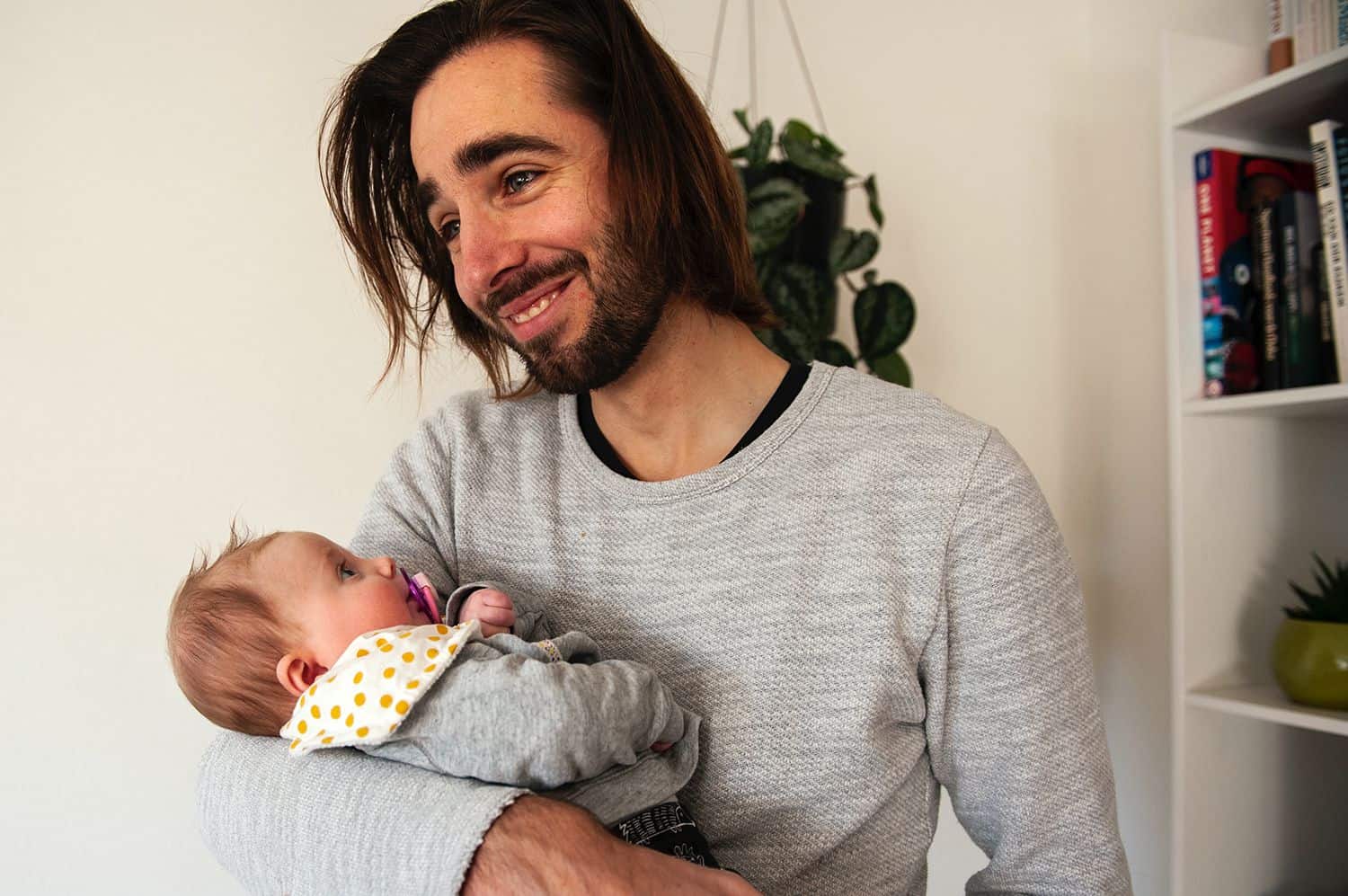
Nienke Koedijk
These sessions still document everyday life like unposed photography does, but with more forethought given to what the photos should look like.
How to Get Started as a Documentary Photographer
If shooting in a hands-off way is brand new to you, it might take time to get comfortable with documentary photography and learn to effectively tell a story without giving direction. Use these tips to help you get started with documentary photography.
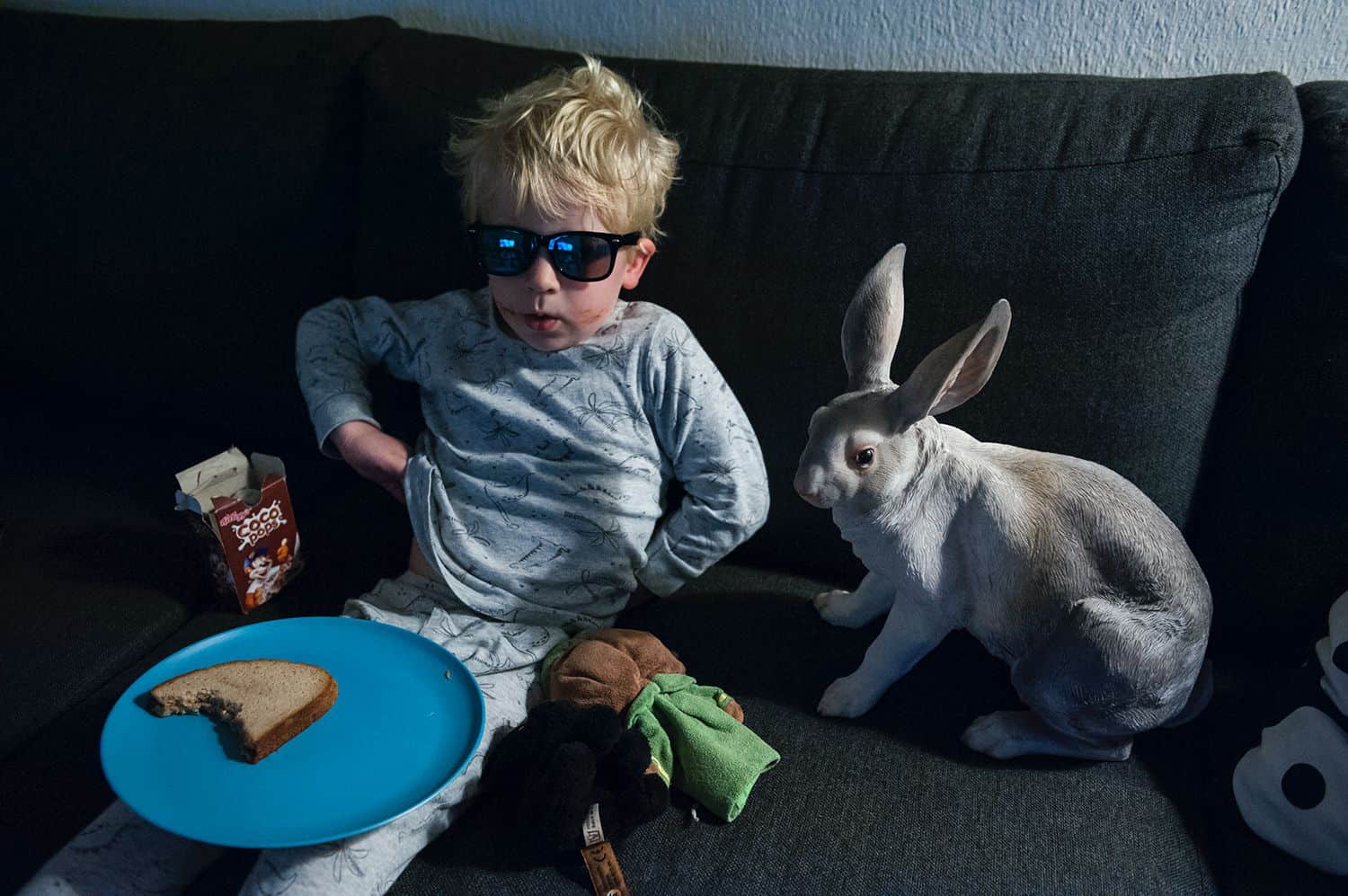
Nienke Koedijk
Understand the Family
While you won’t prepare a shot list, it’s still part of your job to learn how comfortable your clients are with a camera around. Identify if there are particular times of the day that seem interesting, dynamic, or even relaxing for them.
Start with situations that are already familiar and focus on everyday life: maybe that’s photographing as your kids eat breakfast in the morning, complete with mis-matched pajamas and bedhead.
At first, you might struggle with the urge to direct your clients and place them in a tidy spot with perfect light. That discomfort will fade as you learn to see beauty in the spontaneous. You might even find that you like exerting a little less influence over your personal images – especially with your own family!
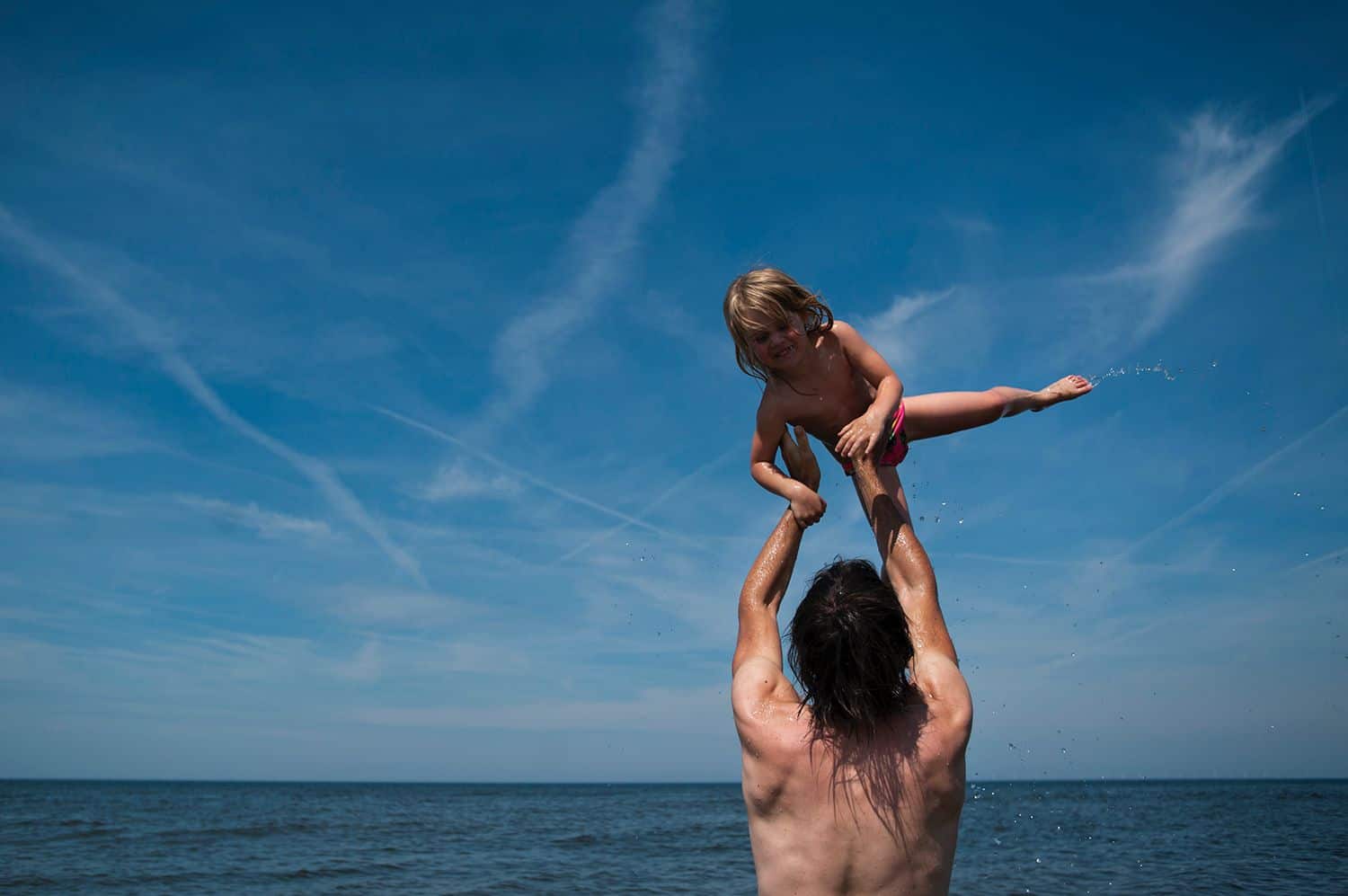
Nienke Koedijk
Go With Real Life, Moment-Driven, and Unscripted Moments
Once you’ve experimented with unscripted photography, you just might see that real life isn’t captured in portraits where every shot is planned and purposeful.
It’s often when families don’t expect you to press the shutter, that you see who people truly are. When you capture the hilarious, unique and endearing personalities that make up a family, you’re truly making the story about them.
That’s what documentary photography is all about: the genuine moments that go beyond traditional, classic family photographs.
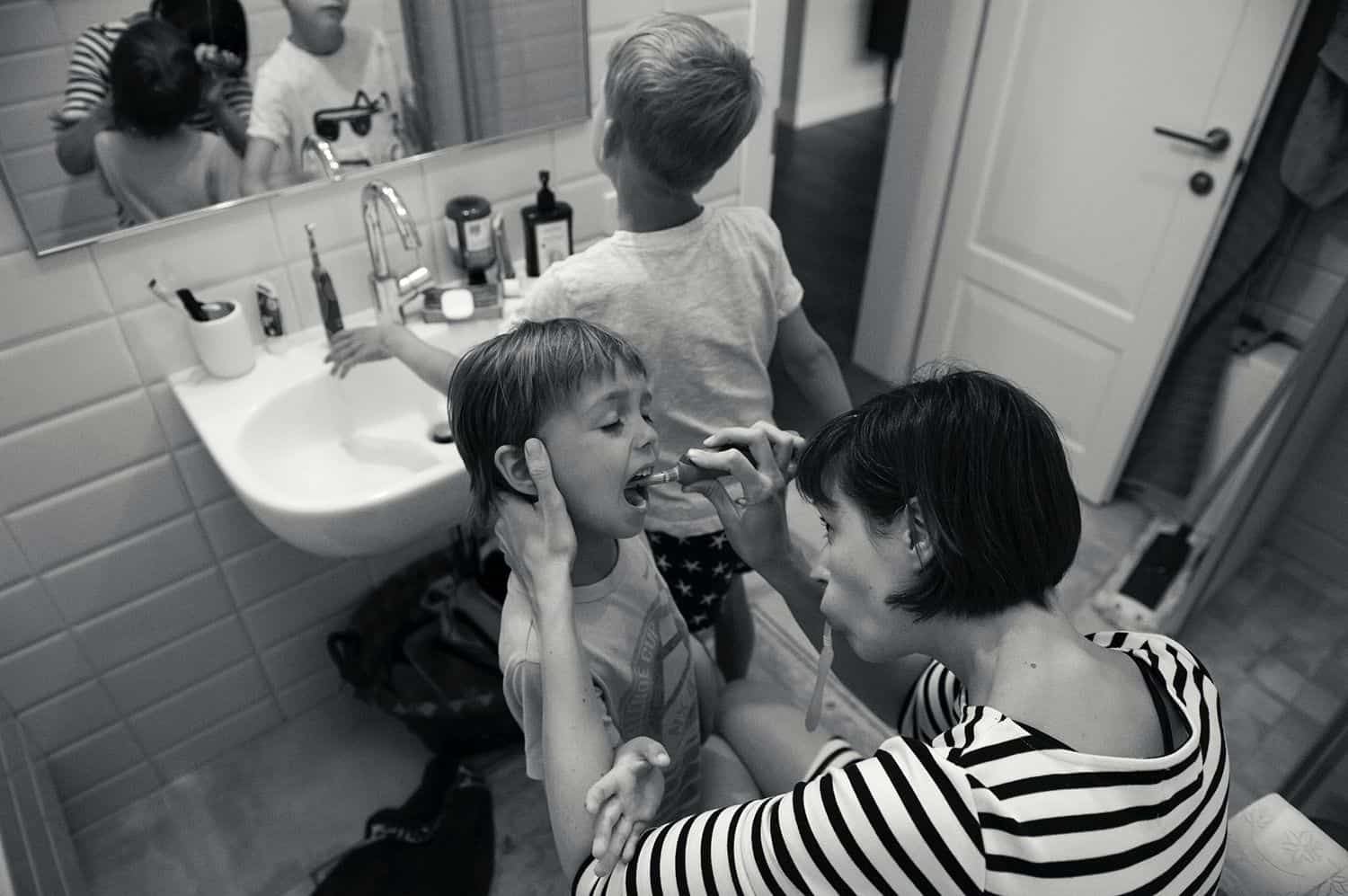
Nienke Koedijk
Experiment with Portrait Ideas
Even if you’re focusing on candid moments, there may be times when you won’t know what to shoot. One of the best parts of documentary photography is trying several daily, real-life themes.
Still unsure where to begin? Get inspiration from these documentary photography ideas:
- Children’s first day of school
- Sunday morning brunch
- Cooking a meal together
- First snow of the year
- Kids learning how to brush their teeth
- Grandparents coming over
- Adopting a family pet
Who is Your Ideal Client?
It’s time to take the leap into offering photojournalistic family sessions to clients when photographing without directing feels natural to you.
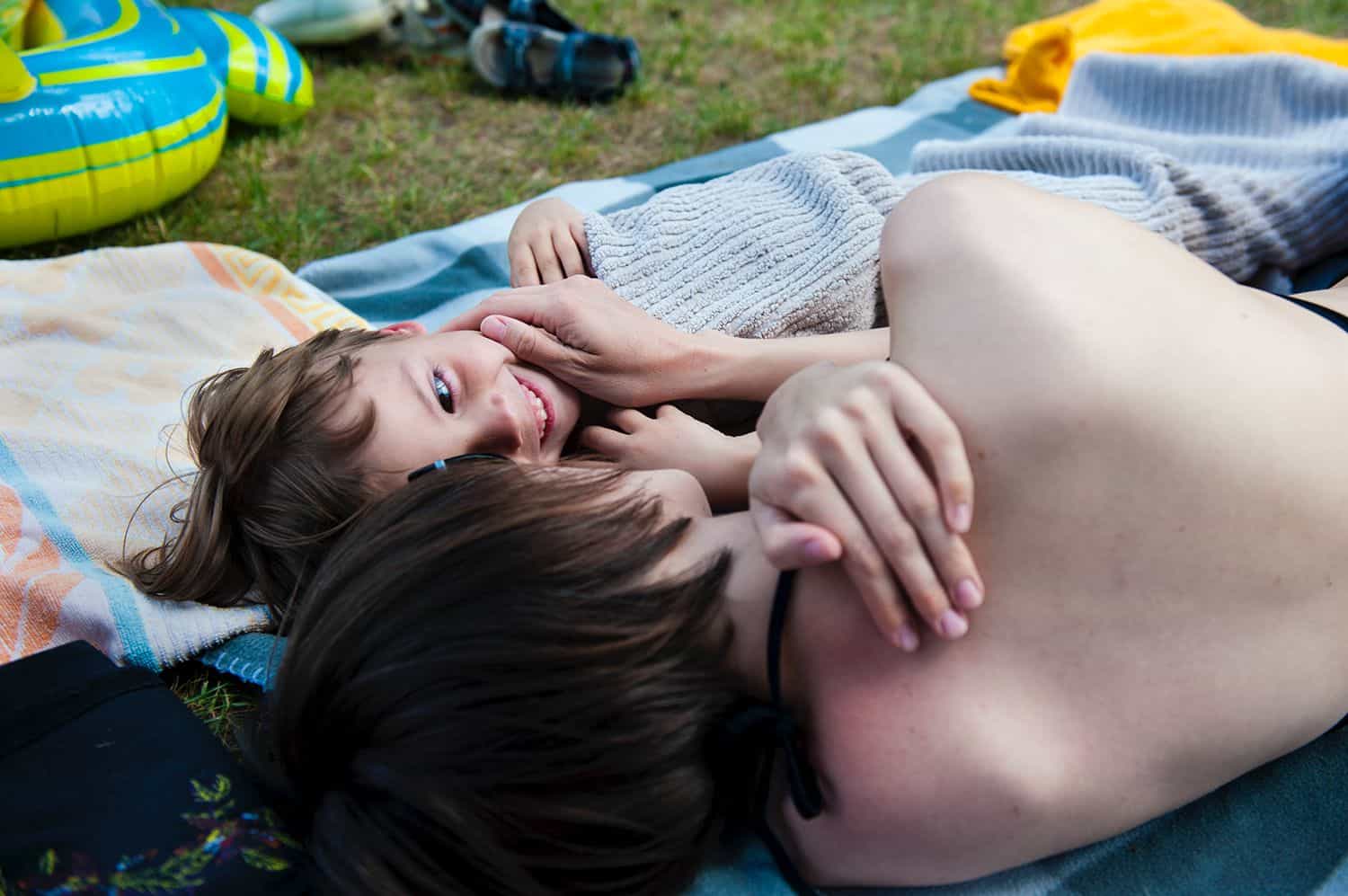
Nienke Koedijk
Obviously this style won’t be a fit for everyone. Identifying your ideal client will make it much easier to book this kind of family session and feel comfortable shooting in this way.
If you start with identifying your ideal client, you won’t have to “sell” this kind of creative storytelling! So, what kind of person falls in love with unposed photos?
Clients Who Embrace the Moment
These sessions appeal to clients who are attracted to unstructured photo sessions. They’re more likely to value artistic expression and the unhurried, hands-off experience above all else.
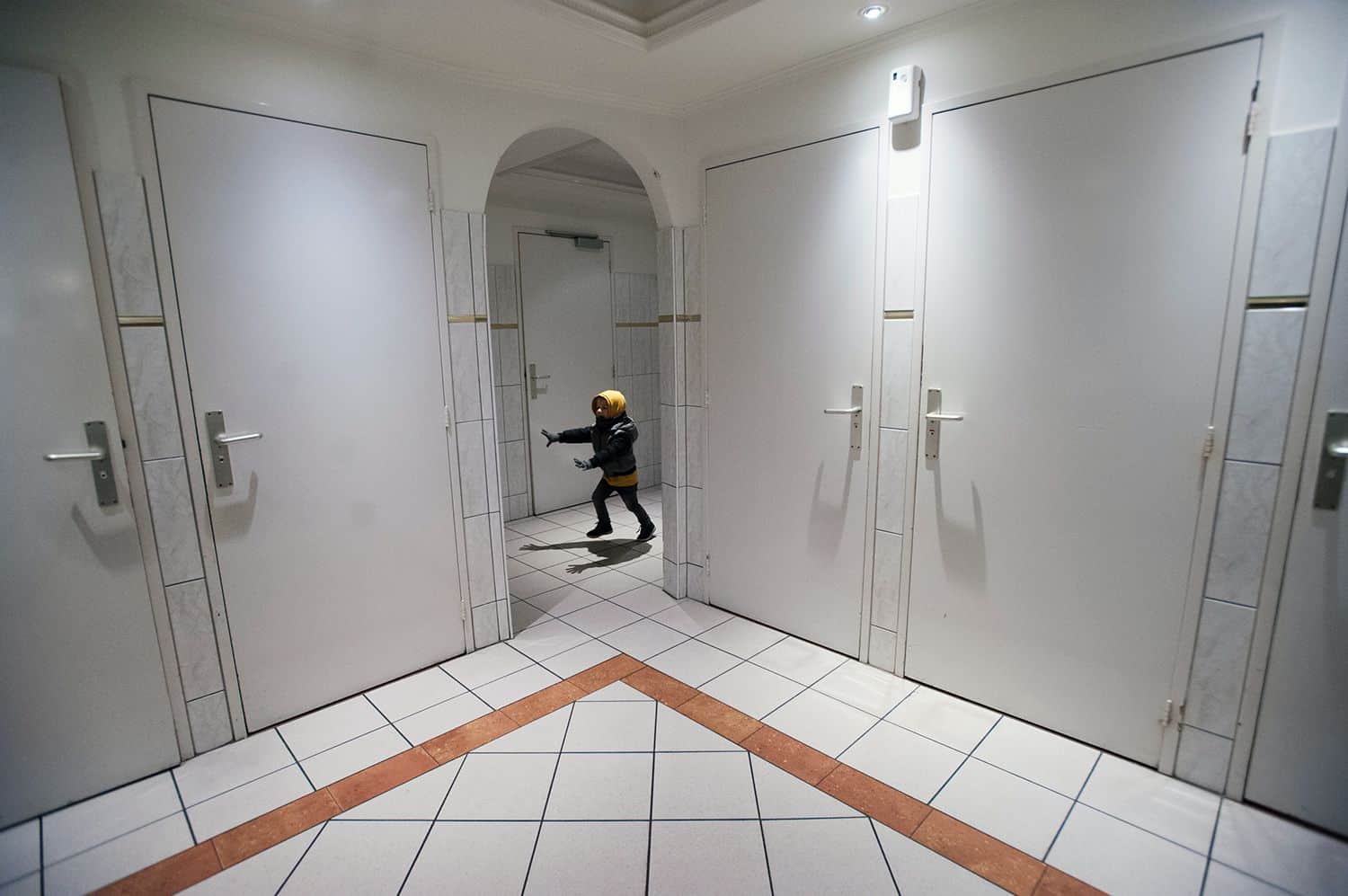
Nienke Koedijk
This client wants to remember life exactly as it is now; they’re comfortable with the radical shift from what a “normal” posed photo session is like. Keep in mind that a lot of people aren’t comfortable in front of a camera and want you to tell them what to do; your ideal client, however, will appreciate your “fly-on-the-wall” storytelling method.
They will love the freedom of wearing whatever they’d like instead of perfectly coordinated outfits. Years down the road, when they look at these photos, they likely won’t focus on how they looked on a particular day; instead, they’ll remember how life felt in the moment you captured.
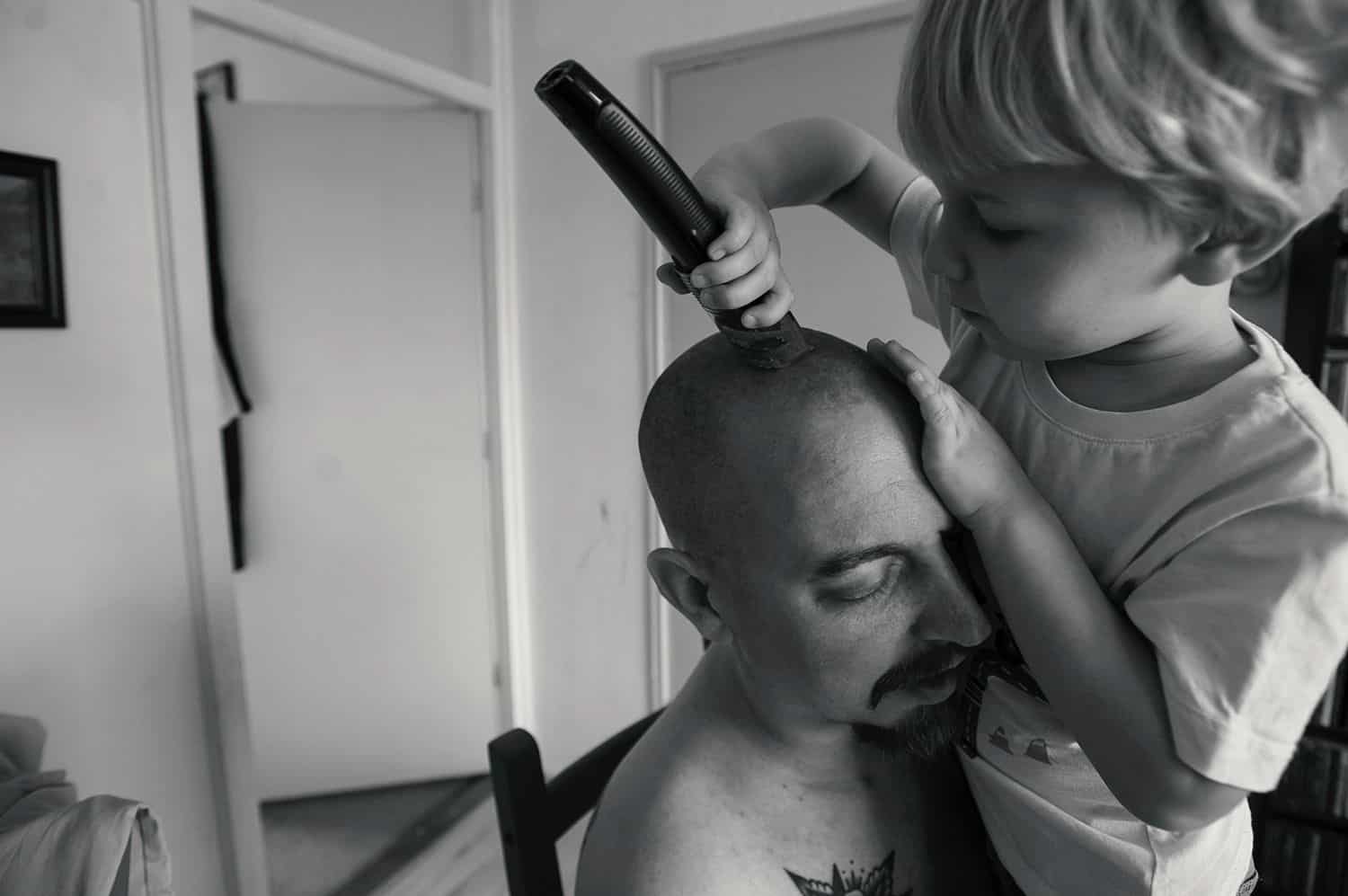
Nienke Koedijk
She will embrace the idea of letting her kids be kids, without the constant request for smiles or poses; she’s not expecting a traditional posed portrait to hang above the fireplace. This kind of person is looking for you to capture the beauty in chaos.
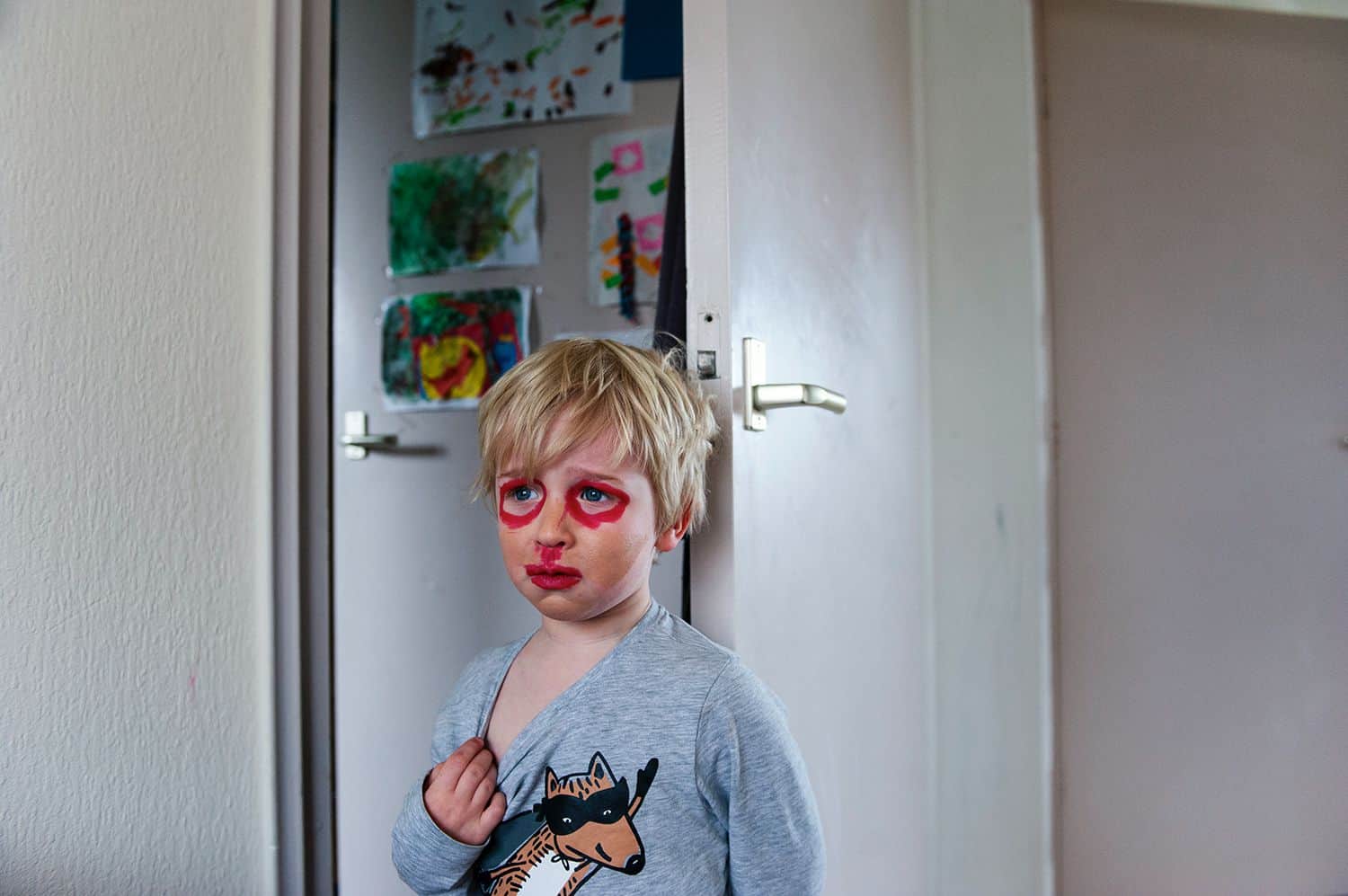
Nienke Koedijk
How to Shoot Your Own Unposed Session
Many documentary photographers offer “day in the life” family sessions where they capture a family’s daily routine. Sometimes this means spending several hours with your client and their family, photographing the happenings that make up their day: preparing breakfast, dressing children, running errands, and playing outside.
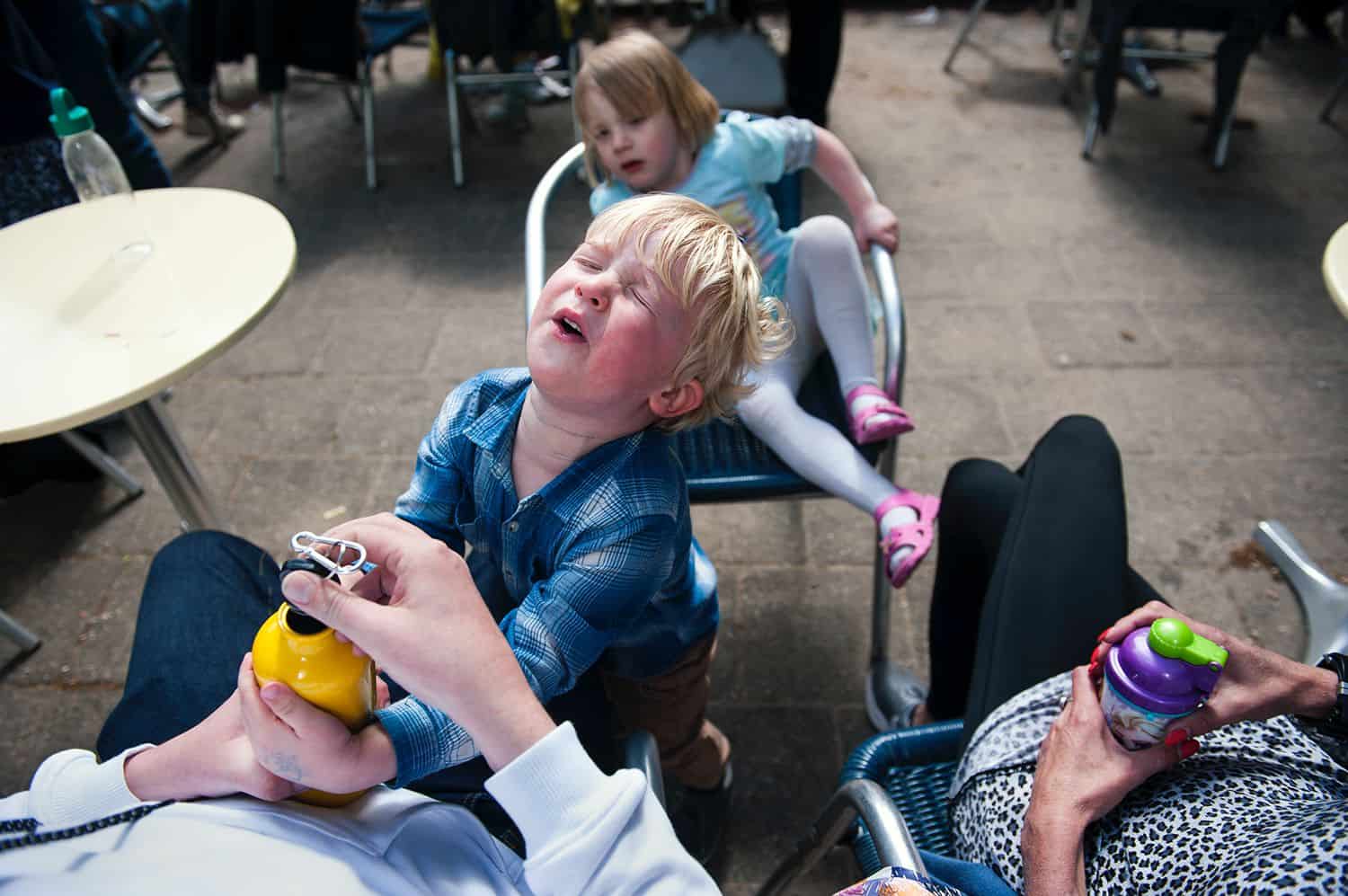
Nienke Koedijk
The beauty of these family sessions is that you really get to know the families with whom you’re working. Each family is inviting you into their lives, unfiltered and imperfect.
Review Basic Camera Settings
While we can go on and on about spontaneity and breaking “normal rules,” using the right camera settings is still important so you’ll get the best pictures as a documentary photographer.
- Aperture: Unlike formal portraits, documentary family shoots give you leeway to have more relaxed settings. You can try shooting wide open around f/2.2 to focus on a specific person, or you can bump up to f/5.6 to make sure that everything is in focus.
- Shutter speed: You may need a faster shutter speed since you’ll be tracking unscripted movements. A shutter speed of 1/125 is a good starting point. You can go as fast as 1/800 if kids are running around the house or in the yard!
- ISO: Don’t be afraid to use high ISO if necessary. Just look out for image noise.
- Shooting mode: Use continuous shooting mode and shoot through the moment until it’s over. That means you’ll document multiple moments and expressions that you’d otherwise miss if you take time choosing when to click the shutter.
Observe and Predict
When shooting documentary photography, you will learn how to anticipate transitions, coincidences, and even nuances. Humans tend to be predictable, and you can use that to your advantage and tell a story.
For example, parents know when a child is about to cry because of a misplaced or broken toy. Perhaps the kids run along the hallway once they hear the school bus parking in front of their house? Maybe the kids tend to cuddle with the family pet on a quiet afternoon? Be ready for those priceless moments!
Little moments like these show family members in action. They may even forget that you’re photographing them. Remember: Predict, program the camera settings, frame the shot, wait, and shoot!
Settle on Your Style
You certainly aren’t limited to only photographing families with documentary photography! You could also adopt this approach for birth, wedding ceremonies or concerts, as well as for nature or street photography.
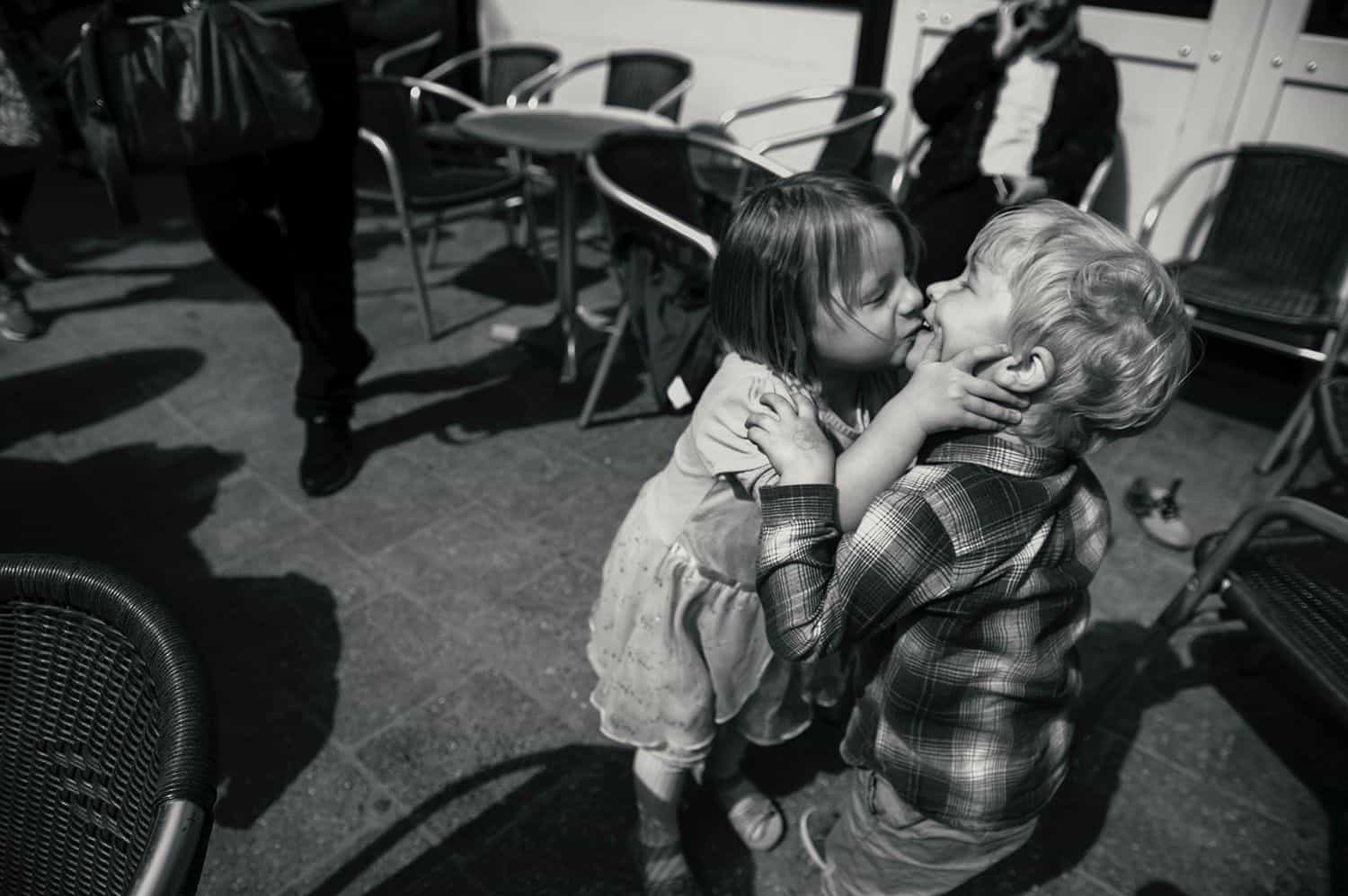
Nienke Koedijk
Maybe there are particular situations where a more natural style appeals to you, but you’re not sure if it’s a fit for every client, every time. That’s perfectly ok! The exact structure of these sessions varies from person to person, as with every kind of art.
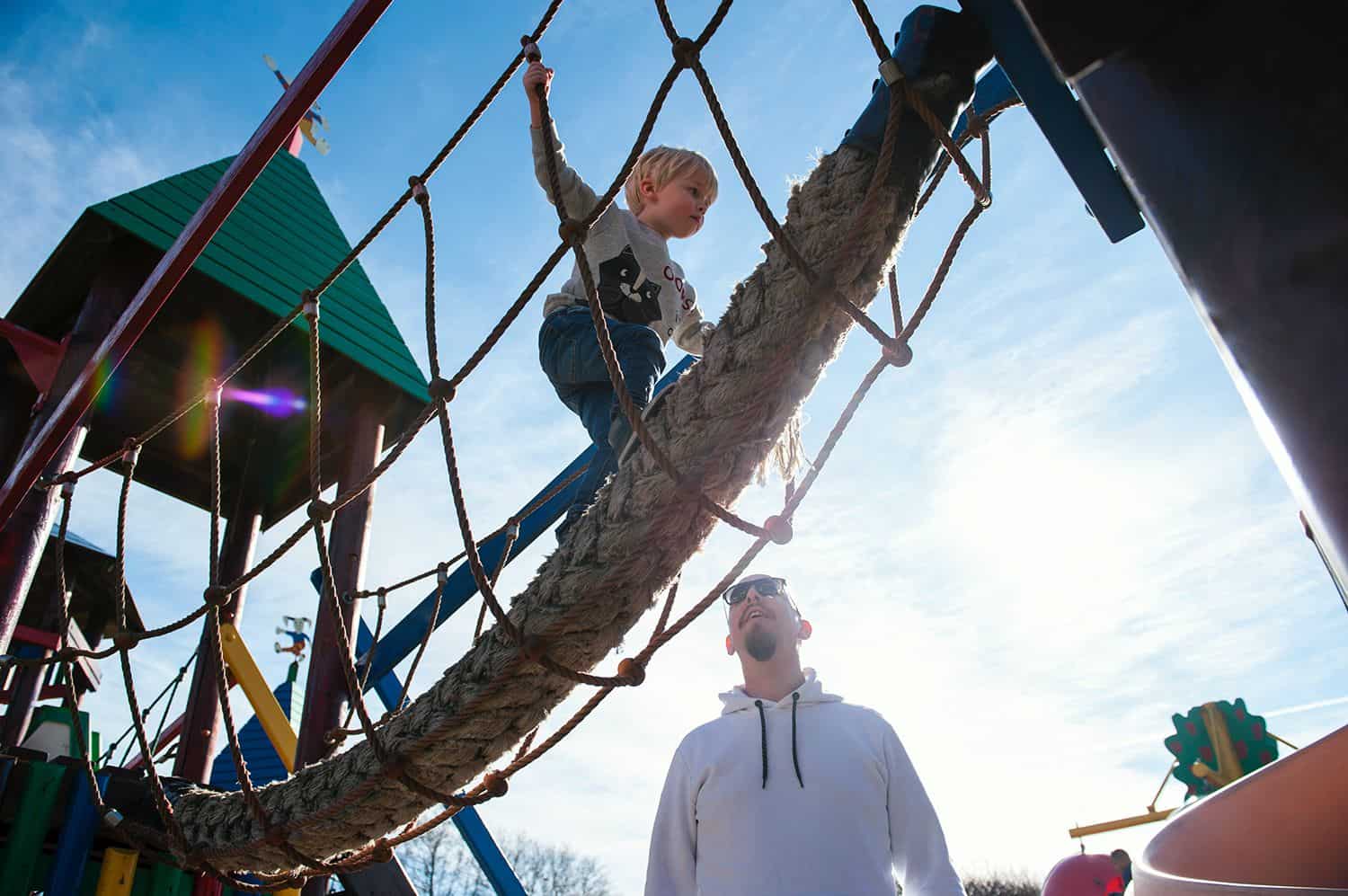
Nienke Koedijk
A great place to start for inspiration is with Kirsten Lewis’s work. She’s an award-winning documentary family photographer based in Washington, D.C. who has photographed these kinds of sessions all over the world.
Emotions can be Messy (and That’s Okay)
It’s worth noting that organic moments, especially with families, may include laughter and joy, along with frustration and maybe even sadness. Unlike traditional posed sessions, you won’t prompt your clients to do anything to foster a particular outcome; instead, you’ll have to be comfortable photographing a wide range of emotions.
Embrace the Adventure
Through totally organic and unposed images, you can tell a powerful story as a documentary photographer; for some, these kinds of photos are even more compelling than portraits because documentary photography is free of outside influence and often showcase big, bold emotion.
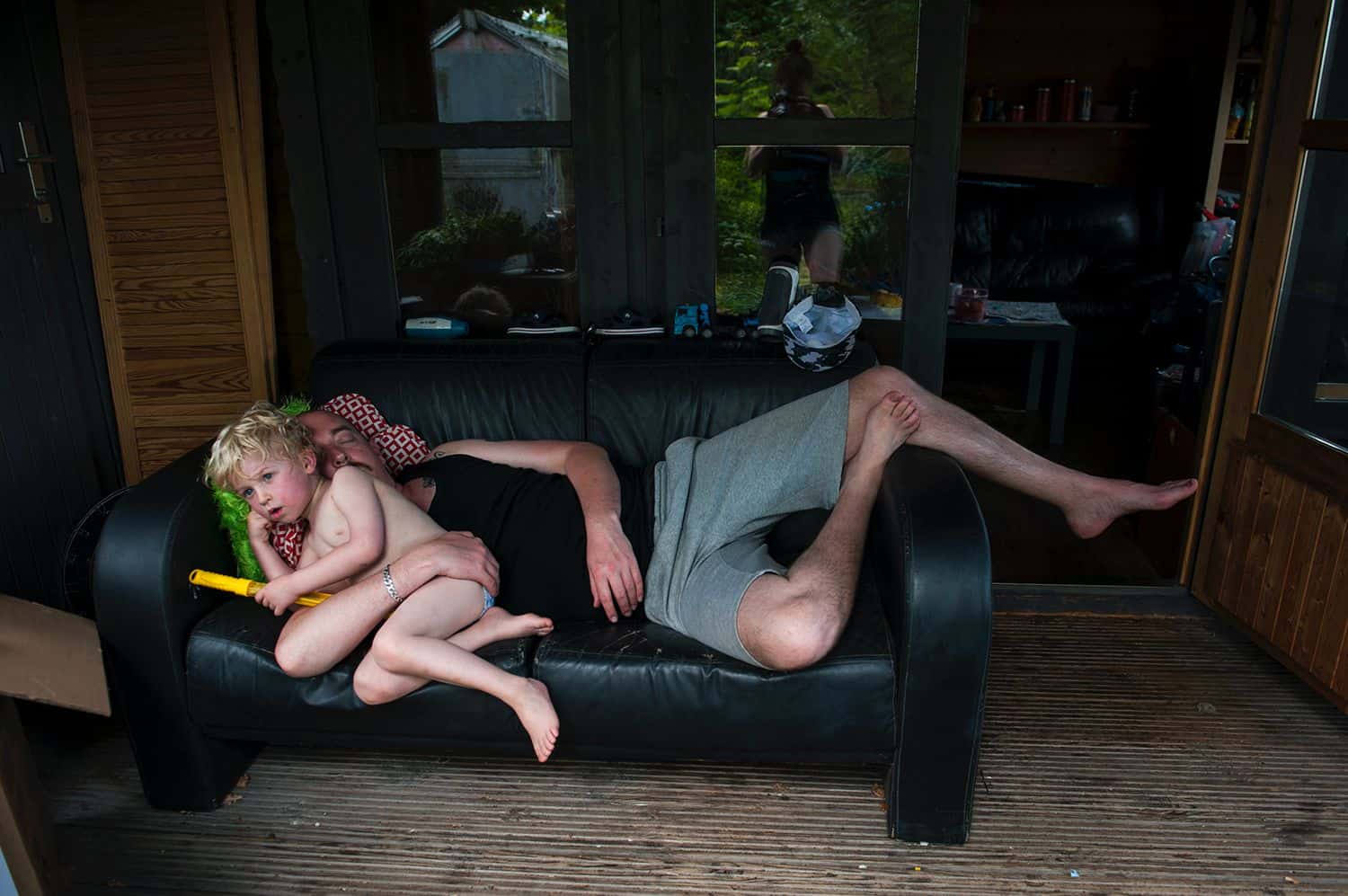
Nienke Koedijk
The unposed approach might even awaken a renewed passion in you as a family photographer; you’ll likely find an irresistible adventure awaits as you experiment with purely unscripted moments!
Do Post-Production With the Client’s Experience in Mind
You don’t have to do extensive editing on Lightroom. If you shoot RAW, you retain a wide range of image data. This gives you more flexibility when adjusting brightness, contrast, and tones.
Aside from that, you can do slight cropping and convert images to black and white. Some clients may request you to remove facial blemishes, while others would like to keep how they actually look in the photos–real life is beautiful.
As you edit, remember that the photos should reflect the family’s story and personality. Choose to edit photos that the family will cherish for years to come.
Conclusion
Documentary photography puts personality first. Families can be raw, real, and really true to themselves. Come to your shoots prepared, be kind and patient, and go with the flow. While you may get chaotic, funny, or messy shots, all of these are tangible reminders that life happens naturally!
Share your own tips in the comments below!
Written by KRISTAL BEAN | Photographs by NIENKE KOEDIJK (also on INSTAGRAM)
Kristal Bean is a maternity and newborn photographer based in The Woodlands, Texas. Her passion is helping women celebrate the beauty of motherhood with a luxury photography experience. Kristal is married with three young daughters and one goofy golden retriever.

